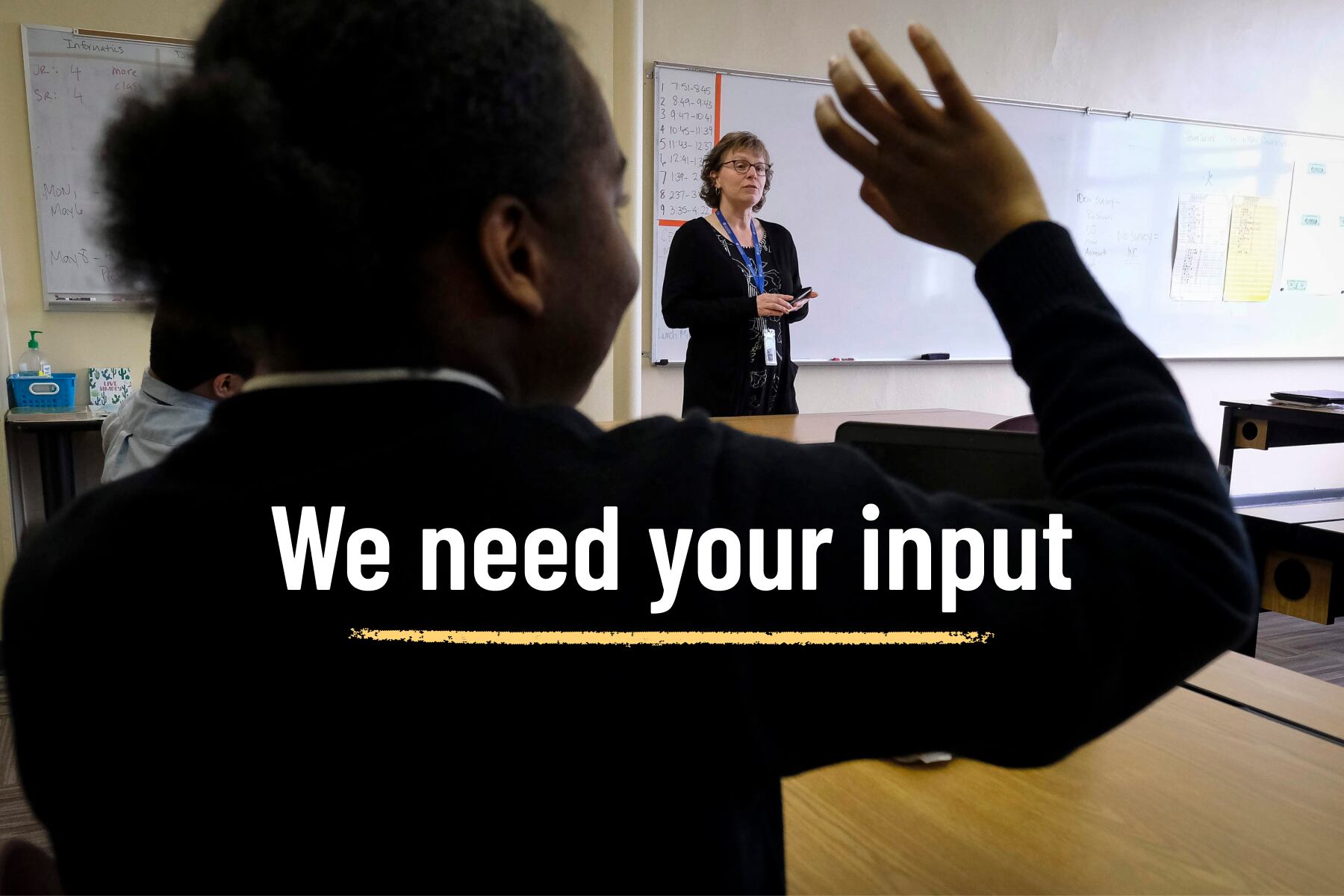COVID-19 has wreaked havoc on so many aspects of American life, but not everyone has experienced the fallout equally. The virus has, in many ways, deepened the chasm between privilege and need. Communities of color have been hit hardest, with Black and Hispanic citizens more likely to be infected and killed by the virus. With the additional stressors on housing, hunger, and jobs, many families in historically marginalized communities are in crisis.
At Chalkbeat, our lens is on education, and the pandemic hit school communities early and hard, with devastating effects beyond classroom closures. When school buildings shut their doors, families lost access not just to learning hubs but safety nets for students in need.
In the coming months, in partnership with Univision, Chalkbeat will take a 360-degree look at school communities in New York and Newark to chronicle the toll the crisis has taken inside and outside the classroom.
Some of the challenges: Economically stressed parents have struggled to balance work and their children’s learning. Students’ ability to learn has been hampered by time constraints, with many needing to work to support their families or babysit younger siblings while their parents work. Teachers and school staff must pivot day to day to meet the needs of students and their own families. Counselors see a mental health crisis looming, if it isn’t upon us already.
Whether in-person or virtual, school communities have been forced to face these challenges head on and have become, in some cases, wellsprings of innovation, grace, and resilience.
We need your help to tell these stories. Through the survey below, we hope to gain a better sense of the main challenges New York and Newark residents face with respect to education in the pandemic. The questions touch on many facets of life, from remote learning and economic hardship to physical and mental well being.
We’ll use the responses to help guide our reporting and tell stories for and with the communities we serve. We hope you’ll join our effort.
If you are having trouble viewing this form on mobile, go here.






